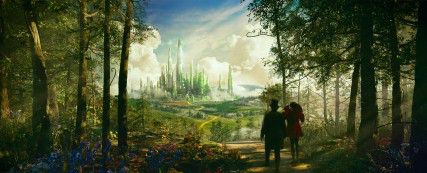
It is most disappointing when a film’s best moment comes in its opening titles. Oz the Great and Powerful opens with paper cutouts dancing within a popup theatre — storybook magic familiar to many as a childhood escape into imagination. This, along with Danny Elfman’s enchanting waltz, awakens the child within every audience member, and readies his or her reentrance into the world that has occupied dreams for more than a century. Yet from here, Oz falls irrevocably, spiraling in a twister of its own creation, from which rescue is impossible.
To be fair, the best moment of Oz the Great and Powerful came far before the film was ever conceived. The 1939 classic, The Wizard of Oz captured audiences with brilliant colors, unforgettable music, and the reassurance that having a brain, a heart, and courage are indeed commendable and worth a journey to obtain. Most importantly, the spirit of The Wizard of Oz was so inherently simple that all viewers could connect to its message: There’s no place like home. And with this connection, audiences came to care deeply about Dorothy and her longing to return home, so much so that audiences have continued to care for nearly 75 years.
The core failure of Oz the Great and Powerful is its inability to inspire this same love for its characters. The film follows Oscar Diggs (James Franco), nicknamed Oz, a conman magician who deceives patrons and women in pursuit of his own satisfaction. Even when this antihero is dropped in the middle of Oz and forced to battle the Wicked Witch of the West (Mila Kunis) and the Wicked Witch of the East (Rachel Weisz) in order to save the good people of Oz, it is still difficult to care for him. The film dissolves to simply question whether Oz can overcome his own selfishness for the protection of good.
While some of the film’s failure derives from Oz’s undeveloped character arc, James Franco’s performance is mostly to blame. Franco remains flat throughout, failing to establish the charisma necessary to win audiences in the midst of Oz’s arrogance. To add further disaster, Kunis, Weisz, and Michelle Williams (Glinda) appear artificial and unconvincing, which further highlights Franco’s failure to helm the film. To be blunt, in both story and character, Oz the Great and Powerful doesn’t have heart.
In addition to story, the stunning Technicolor of the The Wizard of Oz captured imaginations not only because of its novelty at the time, but because it gave dimension to the narrative. Using today’s digital innovations, plus the choice of 3D technology for the film, the visual effects team behind Oz the Great and Powerful had the potential to capture this same magic. Yet, the world of Oz is overdone, to the point that Oz looks like a video game environment, rather than an actual place. The exterior of the Emerald City looks entirely computer-generated, whereas the interior appears unbearably set-like. And when the actors stand alongside these computer generations, the divide between their world and Oz is clearly delineated. As a result, the illusion of Oz is broken and audiences alienated. Blinded by the possibilities of effects technology, Oz loses the humanity of its predecessor, revealing its mechanical lack of a brain.
Yet, the root of Oz the Great and Powerful’s inadequacy is neither its aloof characters nor its lifeless visual effects, but in the filmmakers’ lack of courage. Director Sam Raimi held in his hands the potential to return audiences to a second home, filled with endearing characters and intricate ideas about love and perseverance. Instead, Raimi chose the Hollywood route, miscasting the leads in exchange for marquee names, overblowing the world of Oz into an overwhelmingly artificial set, and melting the true themes of Oz into a clichéd fight between good and evil. In essence, Raimi didn’t have the courage to actually make his film mean something. Instead, Oz the Great and Powerful plays as a languid Disney product serving more as the foundation of a new theme park ride than as an actual film.
To critics who defend Oz the Great and Powerful, claiming that comparisons to The Wizard of Oz are unfair and will always lose out to the nostalgia of the latter: Be realistic. Even without the childhood attachment to the 1939 classic that will always defame Oz the Great and Powerful, the film as a standalone does not work either. As an individual work, Oz the Great and Powerful neither has the heart, the brains, nor the courage to be a great film, and will soon fade into the shadow of its timeless predecessor. After all, there’s no place like home, and The Wizard of Oz will always be home to a great many.































































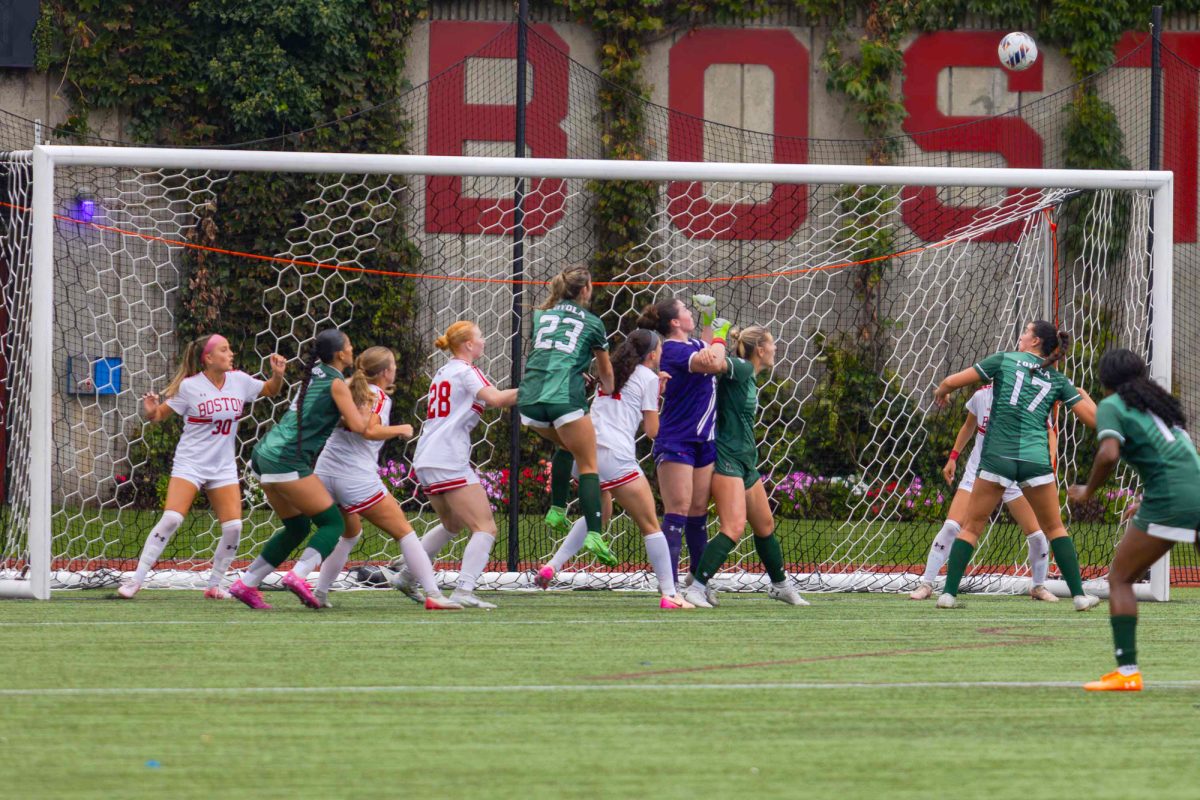



































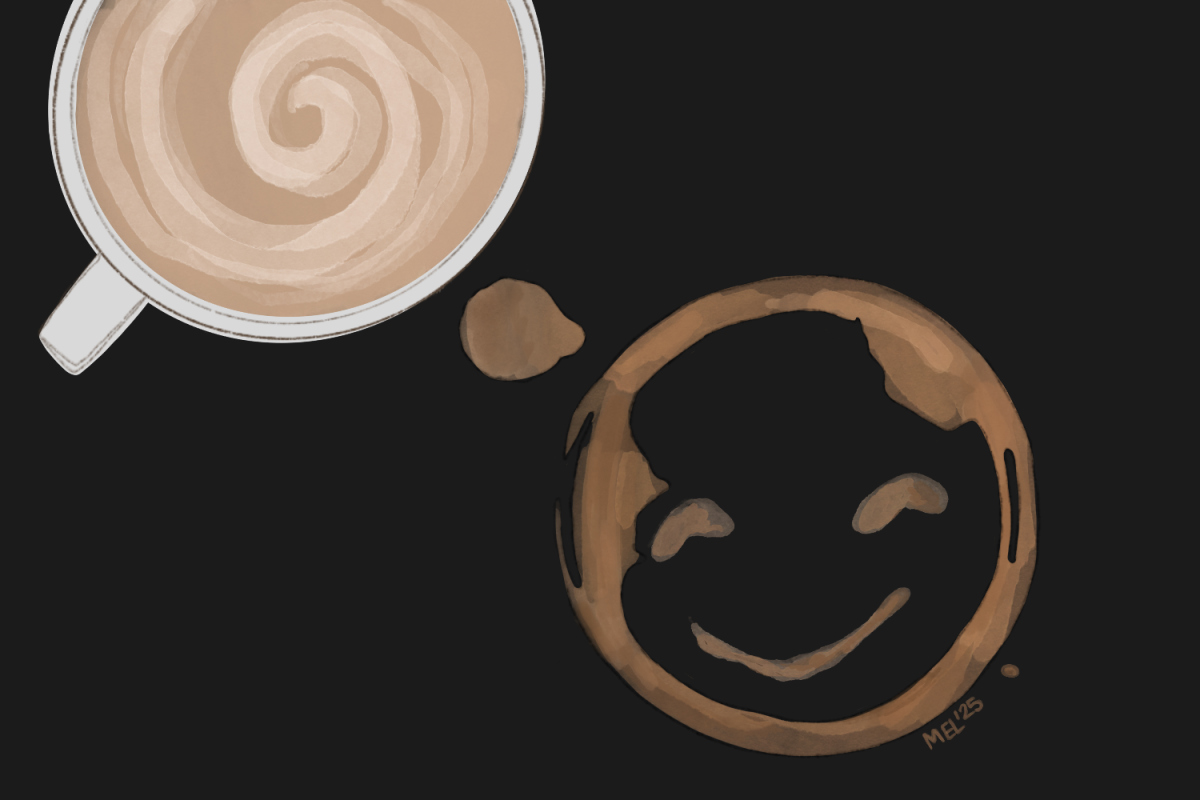
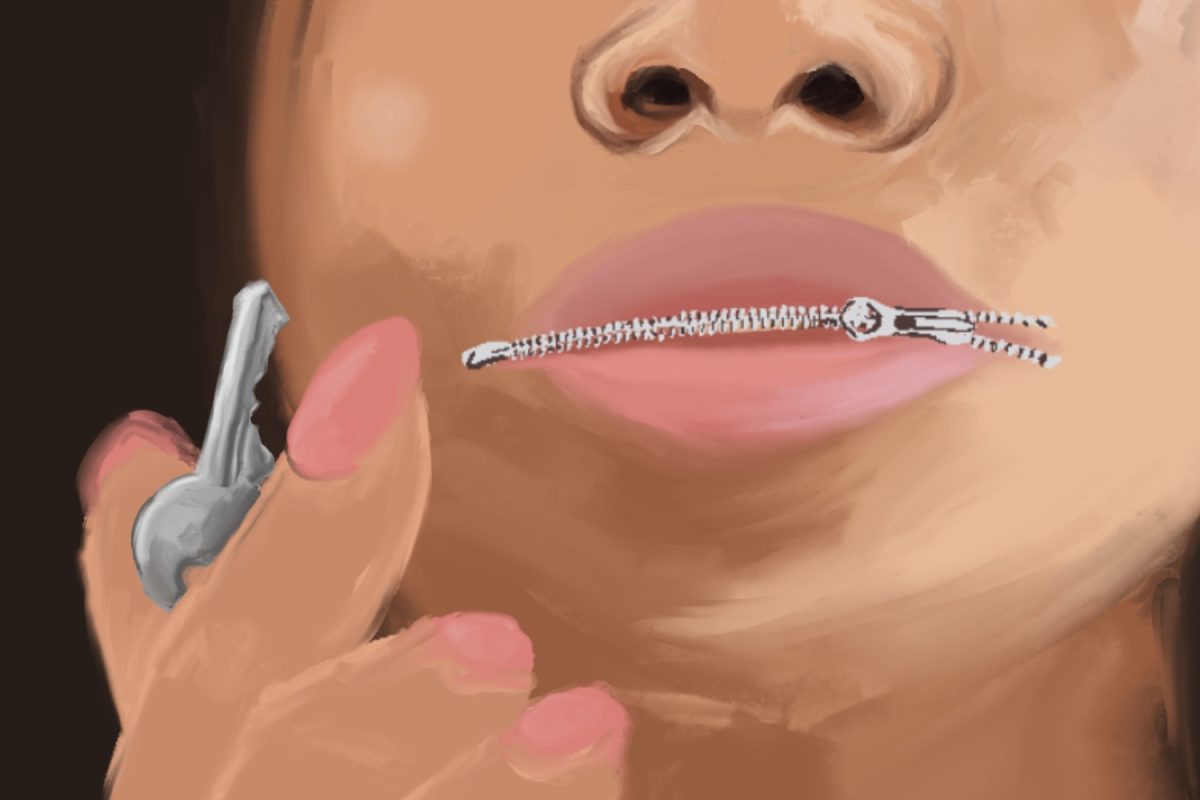



















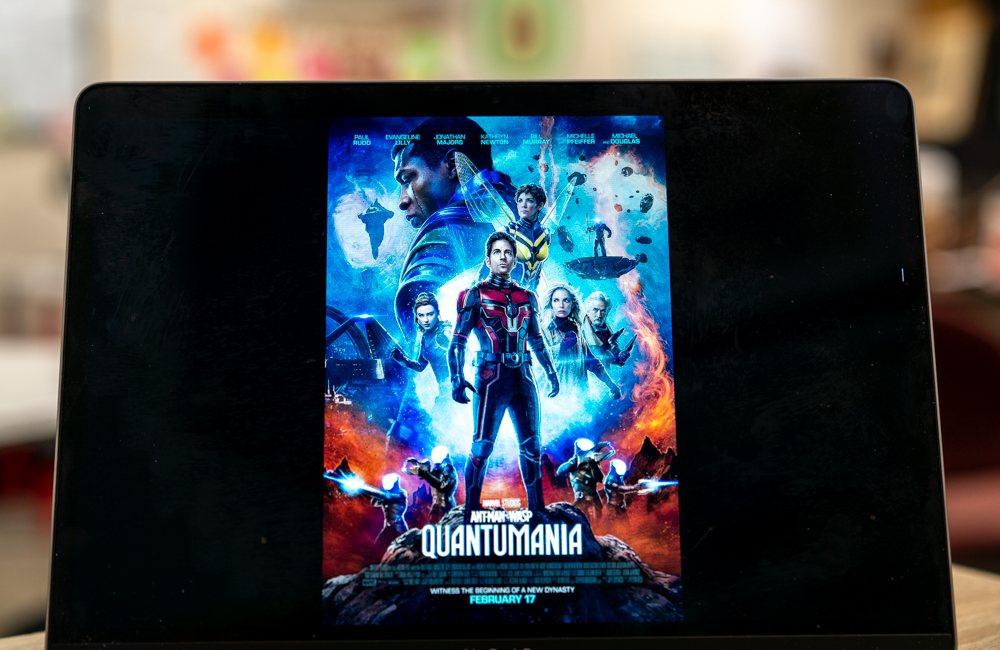
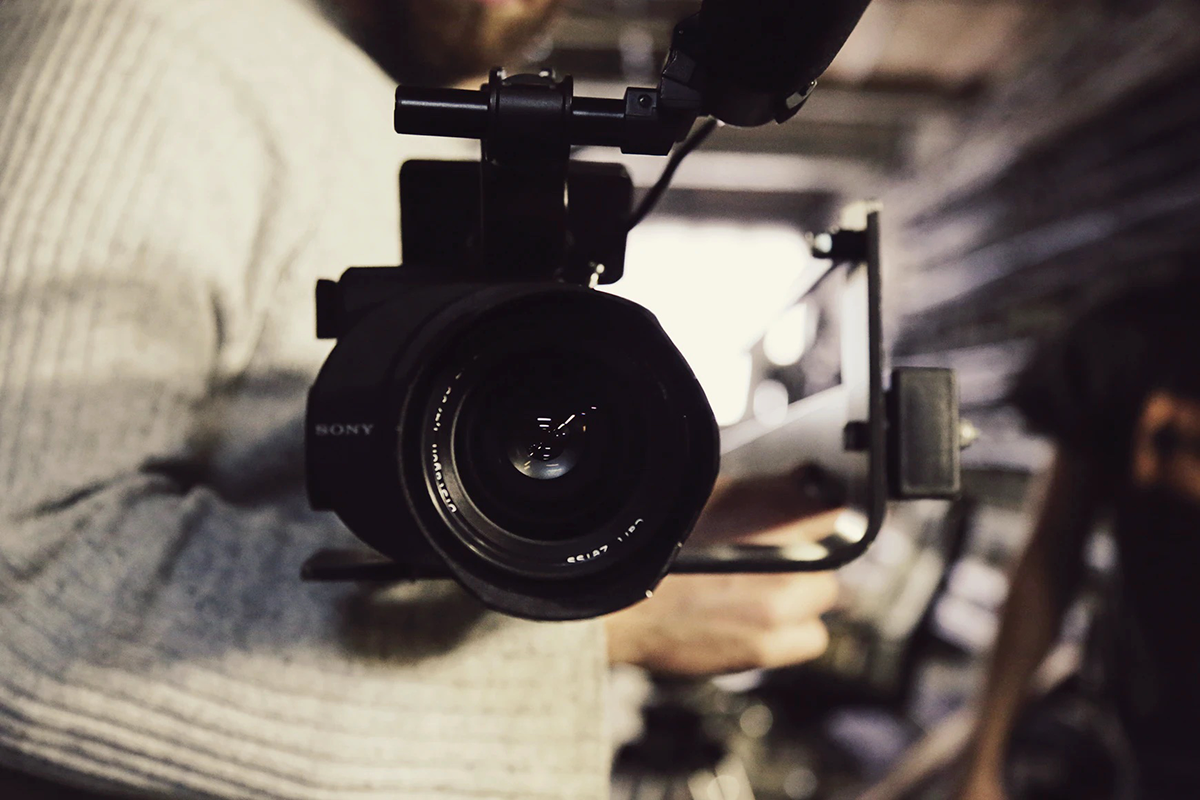
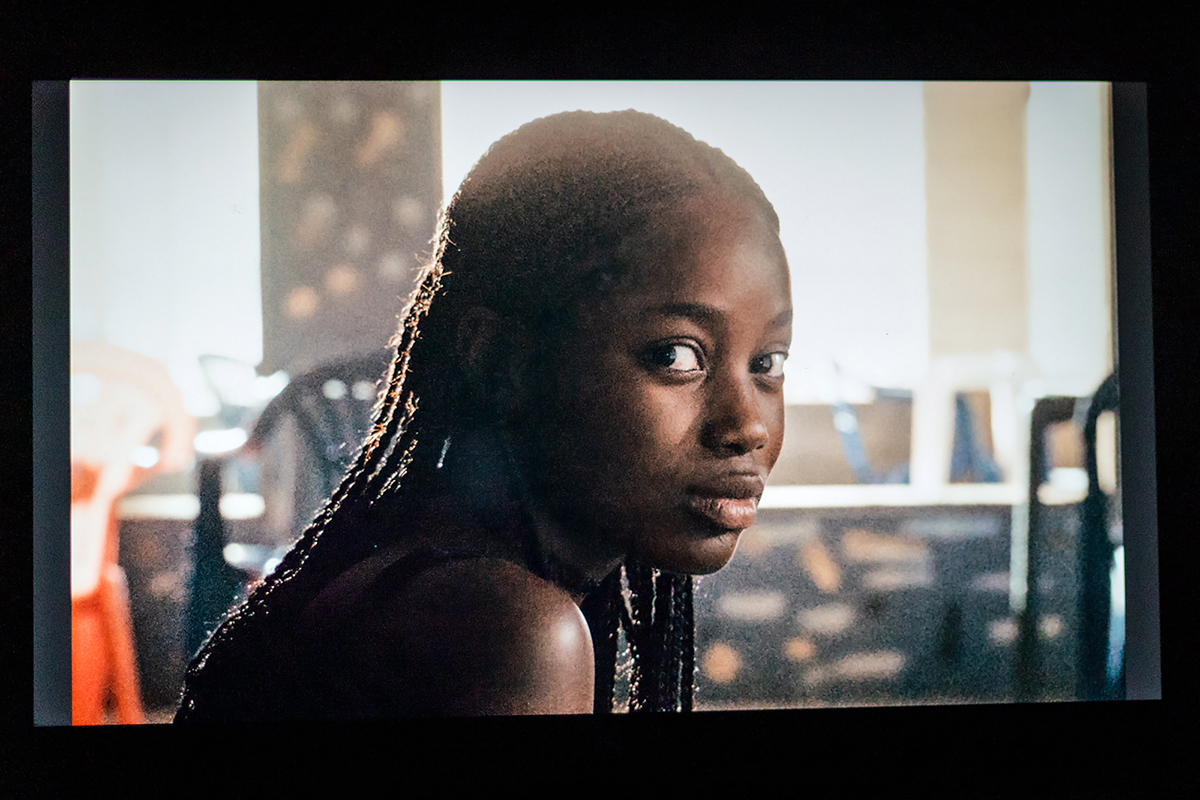


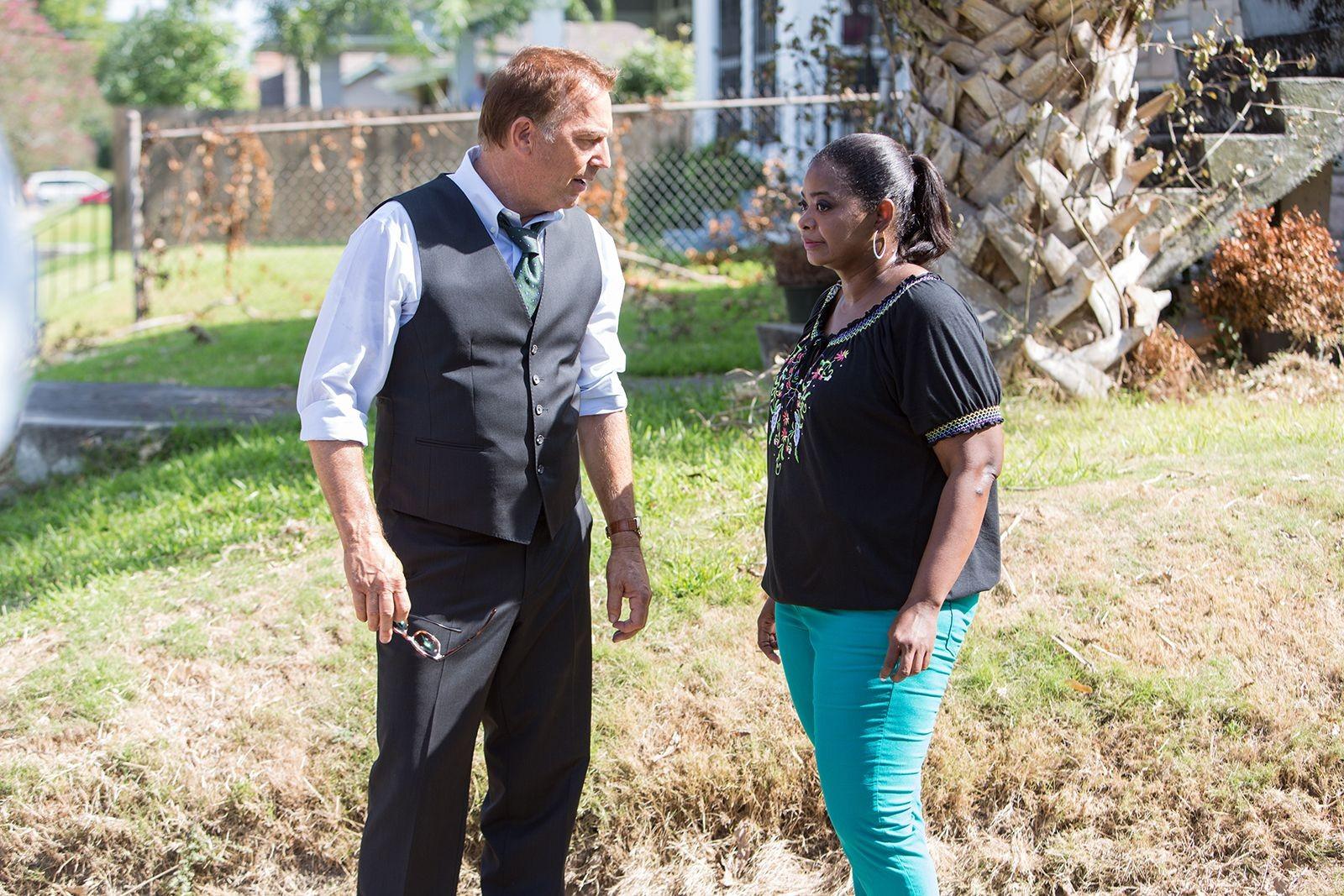
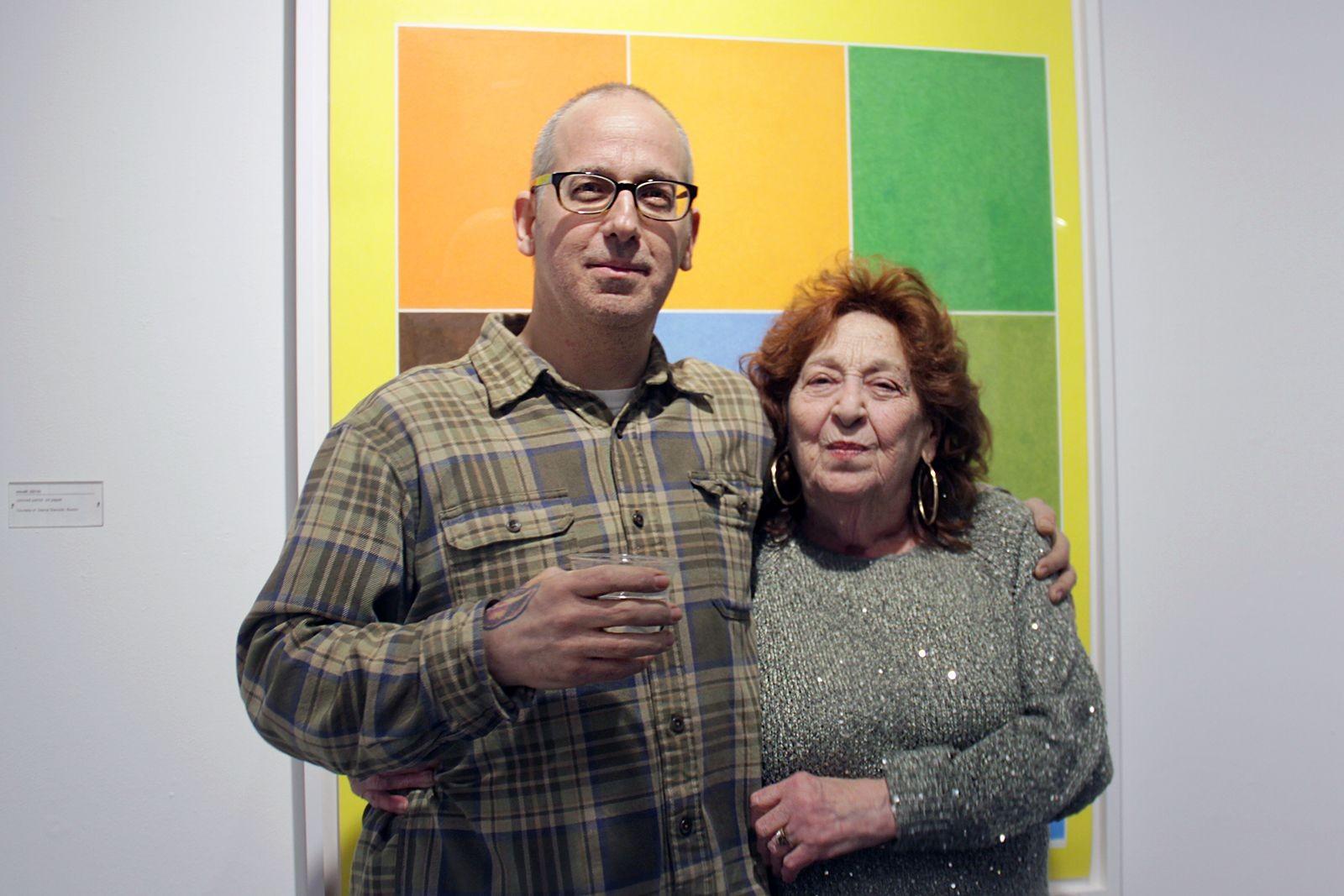

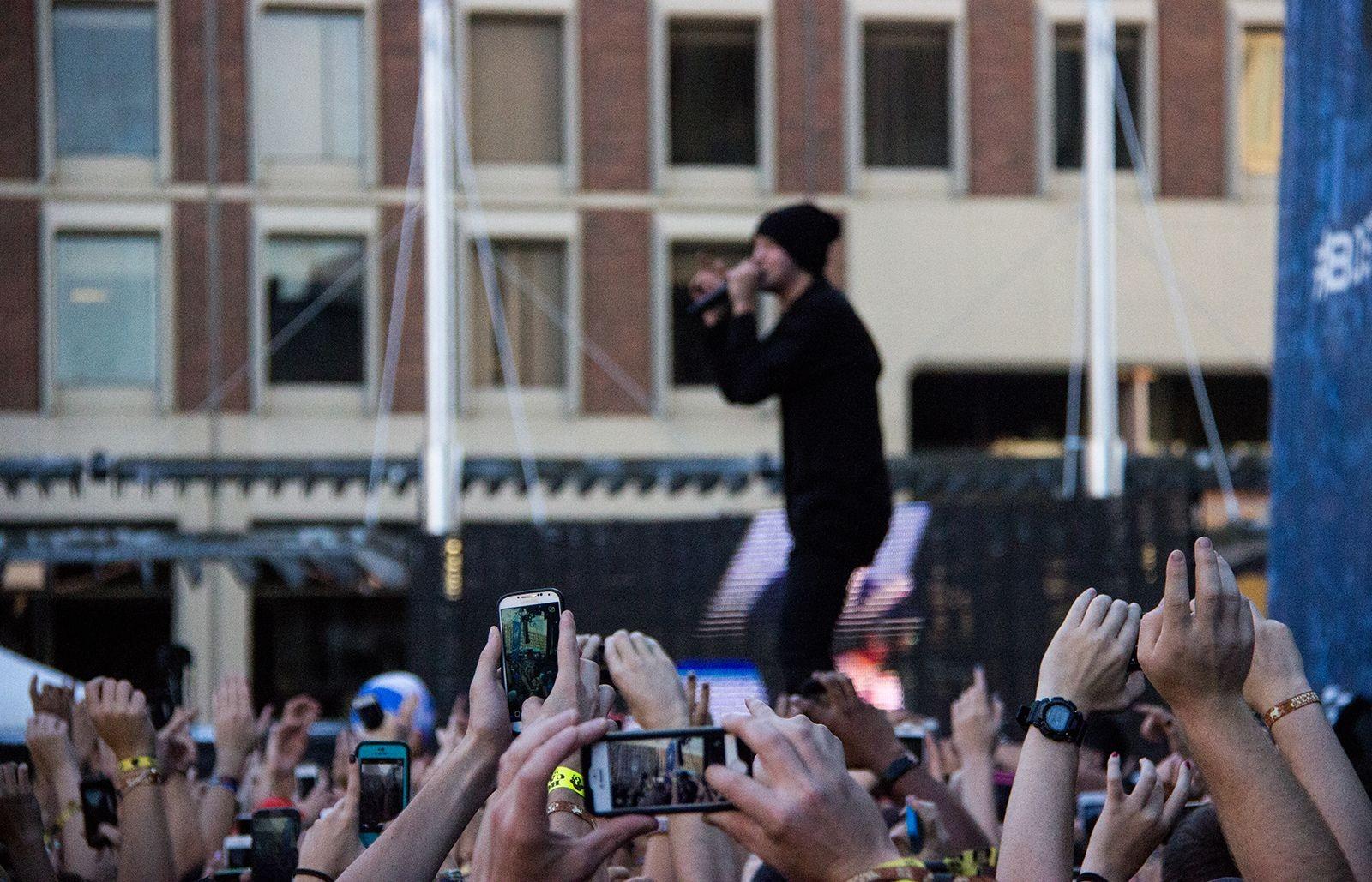
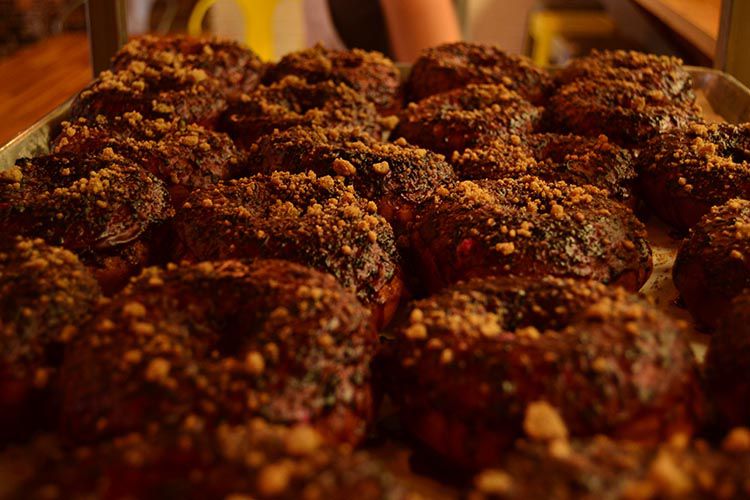
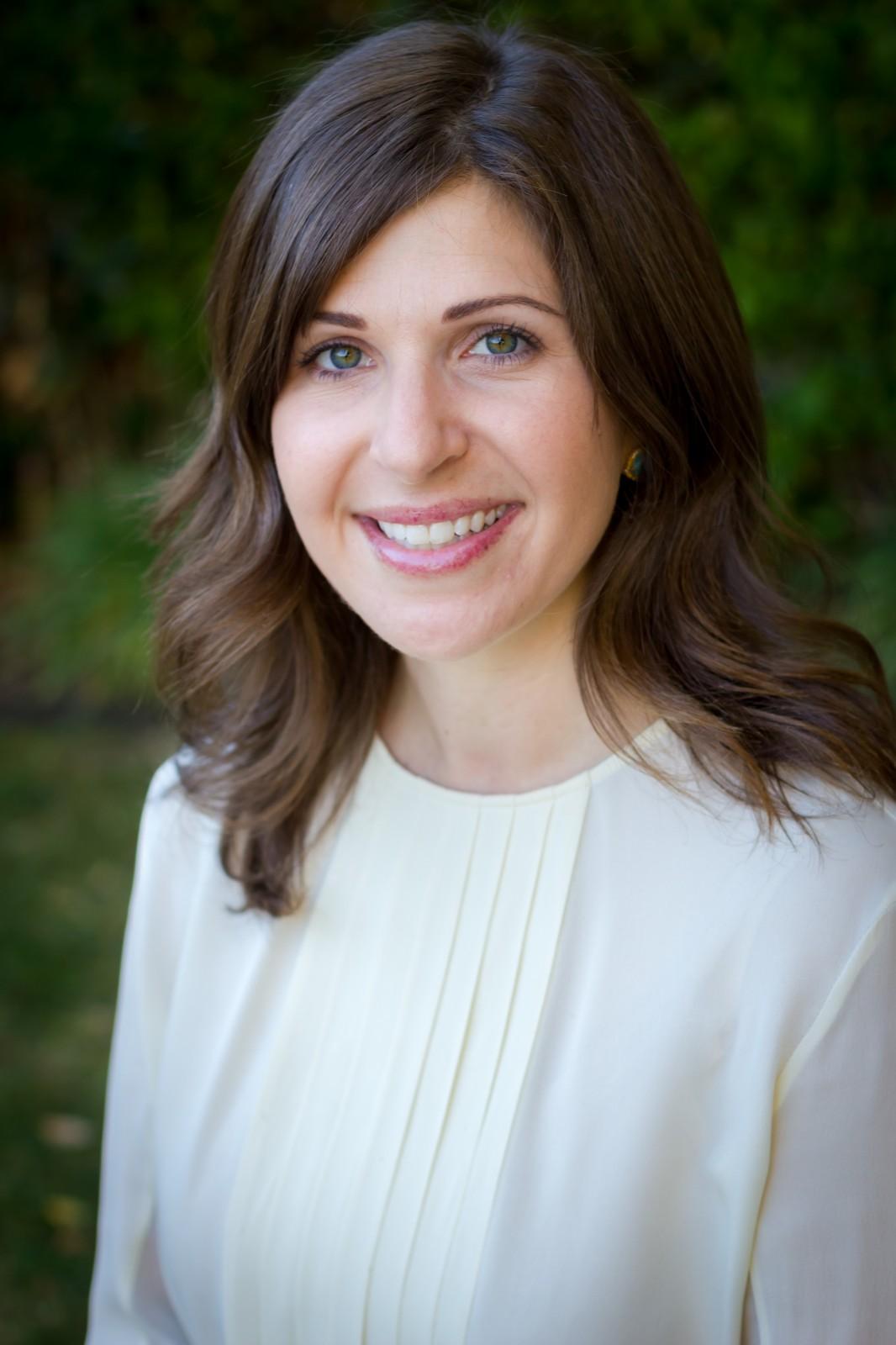
Martin • Mar 16, 2013 at 2:49 pm
I could never watch a movie soley made to bring profits for Studios. Blah! People went to see The Wizard of OZ because it was a movie that many at the time found endearing. It was made to actually inspire audiences rather then pick pocket the naives wallet. This movie, I agree was not made from the heart, rather made to bring in MULLAH! No one is even talking about it. And as far as I know I disagree with the critics saying it is a hit. The movie has made only half of its worth so far, and the thing with which cost 300 million to make, not to mention the advrtisement is going to cut it? Remember, you know a film is successful within the first two weeks, and then drops 50% later on. It will be lucky if it reaches 250 million. That is a 50 million loss, and no gain for Disney for hiring actresses who are well known. TOO WELL KNOWN. If OZ is real then we should have unkown people playing these parts so that the we always associate that person with that film. Judy Garland was always remembered as Dorothy no matter what. Margeret Hamilton had done films, but was not too well known. The stars in the film are bigger thn the movie and that itself is ridiculous.
jasper johns • Mar 16, 2013 at 10:41 am
“Oz Great and Powerful” was good, but the best, funniest, Oz thing I’ve read lately is called DA YELLER BRICK ROAD, a revisionist telling of The Wonderful Wizard of Oz by – get this – Uncle Remus. Hilarious.
RooMcGoo • Mar 15, 2013 at 8:15 pm
An Incomplete History of Oz: http://www.youtube.com/watch?v=IA6RB_fET4o